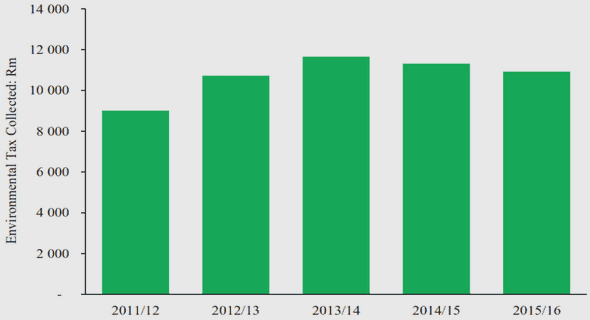(Downloads - 0)
For more info about our services contact : help@bestpfe.com
Table of contents
Partie 1 Synthèse bibliographique
I – Impact of domestication on genome, morphology and physiology of wheat genotypes
Evolution of wheat species and associated genetic shifts
Morphological and physiological changes related to domestication
Cultivation of wheat after its domestication: the landraces
II – A representative example of modern varietal selection: the emergence of French modern varieties .
The beginning of the scientific selection: the old varieties
The DHS and VAT requirements
Molecular modifications and agrochemicals to improve yield: the modern varieties
III – Consequences of modern wheat breeding on the genome, morphology and physiology of wheat
Drop in wheat genetic diversity
Wheat genes selected by modern breeding
Impact of modern breeding on wheat root morphology
Impact of modern breeding on wheat root physiology
Impact of modern breeding on wheat behavior in field
IV –Abiotic and biotic factors influencing the composition of soil and plant root-associated bacteria
Diversity of soil and plant root-associated bacteria
Impact of soil factors and agricultural practices on the composition of the soil bacterial community
Impact of root physiology and morphology on the composition and activity of the root-associated bacteria
V – The close relationship between the plant-host genotype and its root-associated bacteria.
Influence of plant-host variety on root-associated bacteria
Specificity of interactions between plant genotypes and PGPR
Conclusion
References
Partie 2 Modern breeding and the ability of wheat to interact with the PGPR
Pseudomonas kilonensis F113
Preamble
Abstract
Introduction
Materials and methods
Results
Discussion
Acknowledgments
Conflict of interest
References
Supplementary Information
Partie 3 Symbiotic variations among wheat genotypes and detection of quantitative trait loci for interaction with two contrasted proteobacterial PGPR strains
Preamble
Abstract
Introduction
Material and Methods
Results
Discussion
Acknowledgments
References
Supplementary information
Partie 4 Field analysis of rhizosphere interactions of wheat genotypes stimulating the PGPR Pseudomonas kilonensis F113 and Azospirillum brasilense Sp245 with microbial functional groups relevant
for plant growth
Preamble
Abstract
Introduction
Material and methods
Results
Discussion
Acknowledgements
References
Supplementary information
Partie 5 Discussion générale
Références introduction générale et discussion générale


